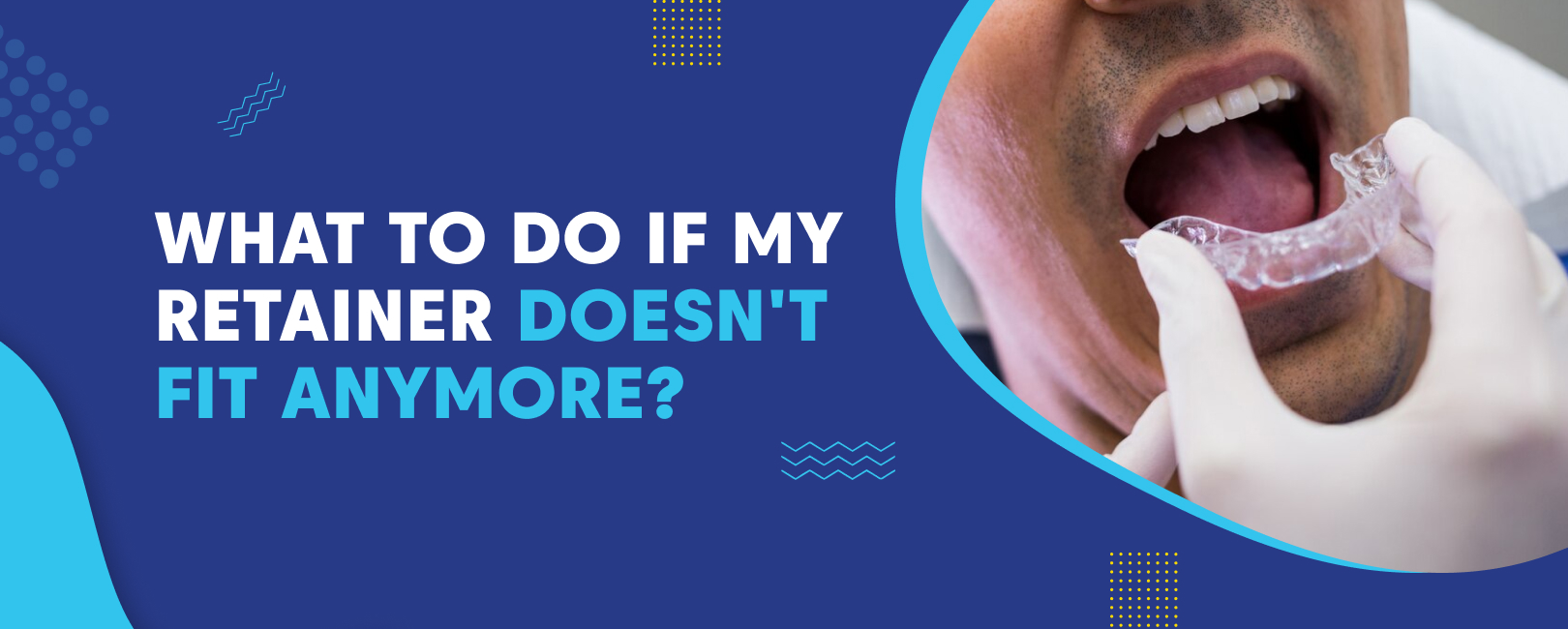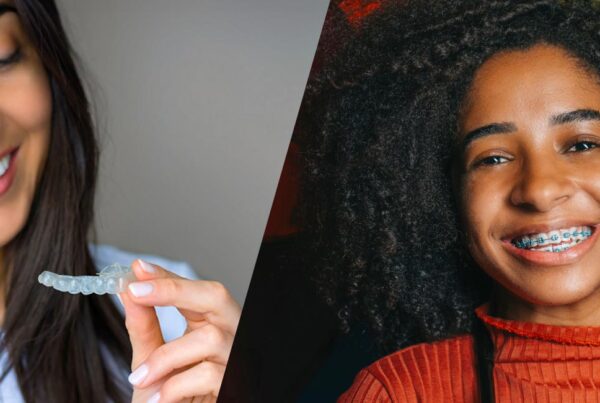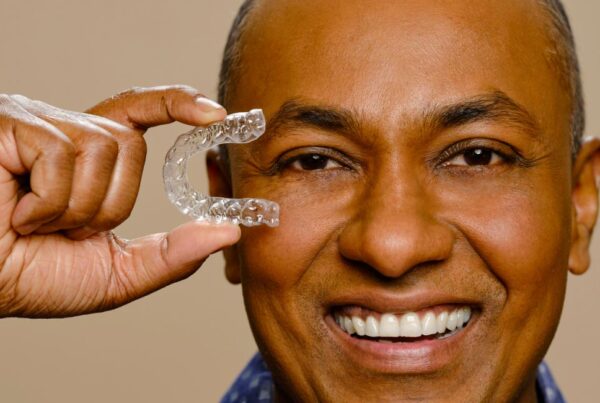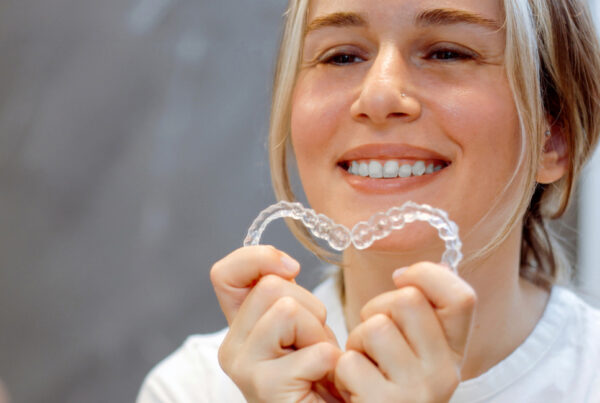Retainers are crucial for maintaining your beautiful, straightened smile after orthodontic treatment. However, you might encounter situations where your once-comfortable Retainer no longer feels right. This lack of perfect fit can be a source of concern, but the good news is that solutions are available! Your orthodontist can assess the situation and recommend the best action so your teeth remain beautifully aligned.
How to Know if Your Retainer Doesn’t Fit Anymore?
A well-fitting retainer should feel comfortable and secure in your mouth. It should gently hug your teeth, creating a snug sensation that allows slight movement when inserting it. However, as you wear the Retainer and your mouth adjusts, this initial snugness should ease into a comfortable fit. Here’s where you need to pay close attention: if your Retainer ever feels uncharacteristically loose or tight, it might be a sign that something has changed.
A loose retainer is a cause for concern. It indicates that the Retainer no longer effectively holds your teeth in their ideal positions. This looseness could be due to the gradual warping of the retainer material over time or a sign of slight tooth movement. If you find yourself constantly pushing the Retainer back into place, or if it doesn’t fully encompass your teeth, it’s best to schedule a visit with your dentist or orthodontist for an evaluation.
Reasons Why Retainers Might Stop Fitting
While retainers are designed to be durable, several factors can contribute to them no longer fitting comfortably or effectively. Here’s a closer look at some of the most common reasons:
Gradual Wear and Tear:
Over time, regular wear and tear can cause the retainer material to become warped or lose its shape. This is especially true for removable retainers that are frequently taken in and out of the mouth. Minor warping might not be immediately noticeable, but it can gradually affect how well the Retainer holds your teeth in place.
Improper Care:
Retainers require proper cleaning and storage to maintain their integrity. If not cleaned regularly, plaque and bacteria buildup can weaken the material and contribute to warping. Additionally, exposing retainers to extreme heat (such as leaving them in a hot car) or harsh chemicals can damage them, leading to a poor fit.
Inconsistent Use:
Retainers are most effective when worn consistently according to your dentist or orthodontist’s instructions. Skipping nights or wearing the Retainer for shorter periods than recommended can allow your teeth to begin shifting back to their original positions. This movement can cause the Retainer to feel loose or uncomfortable.
Bruxism (Teeth Grinding):
Bruxism, or unconscious teeth grinding, can put excessive force on your Retainer. This force can cause the Retainer to crack, chip, or become warped, compromising its ability to hold your teeth in place. If you suspect you grind your teeth at night, speak to your dentist about potential solutions to protect your Retainer and your teeth.
Underlying Dental Issues:
A poorly fitting retainer might sometimes indicate an underlying dental issue. For example, erupting wisdom teeth can cause surrounding teeth to shift, impacting the fit of your Retainer. Consulting your orthodontist is crucial for proper diagnosis and treatment if you experience any unexpected changes in your bite or gum health alongside a poorly fitting retainer.
Can I Force My Retainer To Fit Again?
It’s strongly discouraged to attempt forcing a retainer that no longer fits comfortably into your mouth. At the same time, it might seem like the quickest solution, but forcing the Retainer can cause more harm than good.
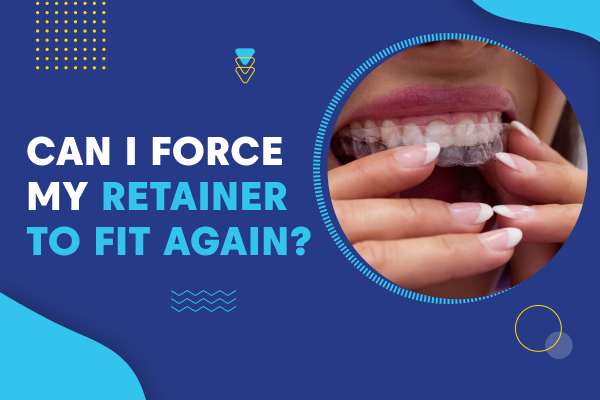
The pressure exerted on your teeth and gums can lead to damage, such as chipped or cracked teeth, irritation or inflammation of the gums, and even the break of the Retainer itself. If the Retainer is warped or damaged, forcing it in might worsen the existing issue and make it even more difficult to remove later.
Is it bad to wear a retainer that doesn’t fit anymore?
Wearing a retainer that doesn’t fit properly can harm your dental health. A loose retainer can’t effectively maintain the position of your teeth, potentially allowing them to shift back toward their pre-treatment positions gradually.
This movement can undo the progress achieved with braces or other orthodontic treatments. Additionally, a loose retainer might feel constantly uncomfortable or require frequent adjustments, impacting your speech and overall comfort. On the other hand, a tight retainer that requires excessive force to insert can damage your teeth and gums. The pressure exerted can cause cracks or chips in your teeth, irritate or inflame your gums, and even damage the Retainer itself.
How Long Retainers Are Supposed to Last?
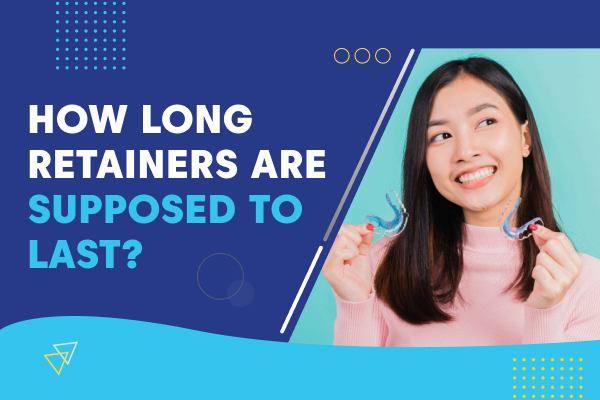
How long your retainers last depends on how well you take care of your teeth and the Retainer itself. If you clean them regularly and avoid damaging them, they can last for a long time. On average, removable retainers usually last for around 5-10 years, while permanent ones can last for many years, even decades.
Steps to Take if Your Retainer Stops Fitting
A well-fitting retainer is essential for maintaining your beautiful smile after orthodontic treatment. However, if you notice any changes in how your Retainer fits, it’s important to address the issue promptly. Here are some steps you should take:
Stop Wearing the Ill-Fitting Retainer: Resist the temptation to force a retainer that no longer fits comfortably into your mouth. As mentioned previously, this can cause damage to your teeth and gums or worsen existing issues with the present dental appliance.
Schedule an Appointment with Your Dentist or Orthodontist: Contact your dental professional to schedule an appointment as soon as possible. Explain the changes you’ve experienced with your Retainer’s fit.
Bring Your Retainer to the Appointment: Remember to bring your Retainer with you to the appointment. This allows your dentist or orthodontist to examine it for any signs of damage or warping.
Be Prepared to Discuss Your Retainer Habits: During the appointment, be prepared to answer questions about your retainer use. This includes how often you wear it, how you clean it, and whether you’ve experienced any bruxism (teeth grinding) habits.
Follow Your Dentist or Orthodontist’s Recommendations: Based on their evaluation, your dentist or orthodontist will recommend the most appropriate course of action. This might involve:
- Adjusting the Retainer (if possible): In some cases, minor adjustments might be sufficient to restore a comfortable fit.
- Creating a New Retainer: If the current Retainer is significantly damaged or warped, a new retainer may be necessary.
- Exploring Additional Orthodontic Treatment: In rare cases, if your teeth have shifted considerably due to inconsistent retainer use, your dentist or orthodontist might recommend additional orthodontic treatment to realign them.
Following these steps will ensure that any issues with your Retainer are addressed promptly, allowing you to maintain your beautiful smile and prevent potential complications.
Key Takeaways
A well-fitting retainer is vital for maintaining your post-treatment smile. However, if you experience any changes in how your Retainer fits, don’t attempt any at-home fixes.
Resist the urge to modify the Retainer yourself or force it into place. Your Retainer is a custom-made medical device, and improper adjustments can cause more harm than good.
The best course of action is to schedule an appointment with your dentist or orthodontist as soon as possible. They possess the expertise to diagnose the cause of the ill-fitting Retainer and recommend the most appropriate solution.
By seeking professional help promptly, you can ensure the continued health of your teeth and a smile that shines brightly. Contact us today to learn more about our orthodontic treatments!


